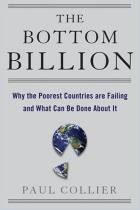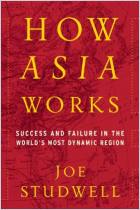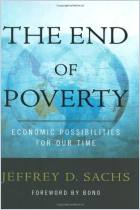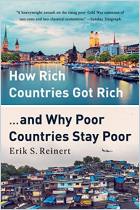
The Quest for Prosperity
How Developing Economies Can Take Off
Recommendation
When it comes to economic growth, Brazil, India and China are on fire, but Argentina and Russia are barely smoldering. Why is there such a difference? Economist Justin Yifu Lin provides a useful critique of what has worked – and what hasn’t – in economic development around the world. A former chief economist for the World Bank – and the first non-Westerner to hold that position – Lin acknowledges that every country’s path is different and that a nation’s strategy must adjust as the world changes. In that context, he clarifies the common traits of successful economies, advocates for judicious state involvement in business and offers six steps developing nations could follow to grow economically. Though his study meanders at times, Lin’s thoughtful approach to the subject – replete with historical, philosophical and literary allusions – raises his text above the usual economics fare. getAbstract recommends this comprehensive prescription for global economic development to nonprofit organizational leaders, development economists and emerging-markets specialists.
Summary
About the Author
Justin Yifu Lin was the World Bank’s chief economist from 2008 to 2012. He is the founding director of the China Centre for Economic Research at Peking University and the author of Demystifying the Chinese Economy.




















Comment on this summary